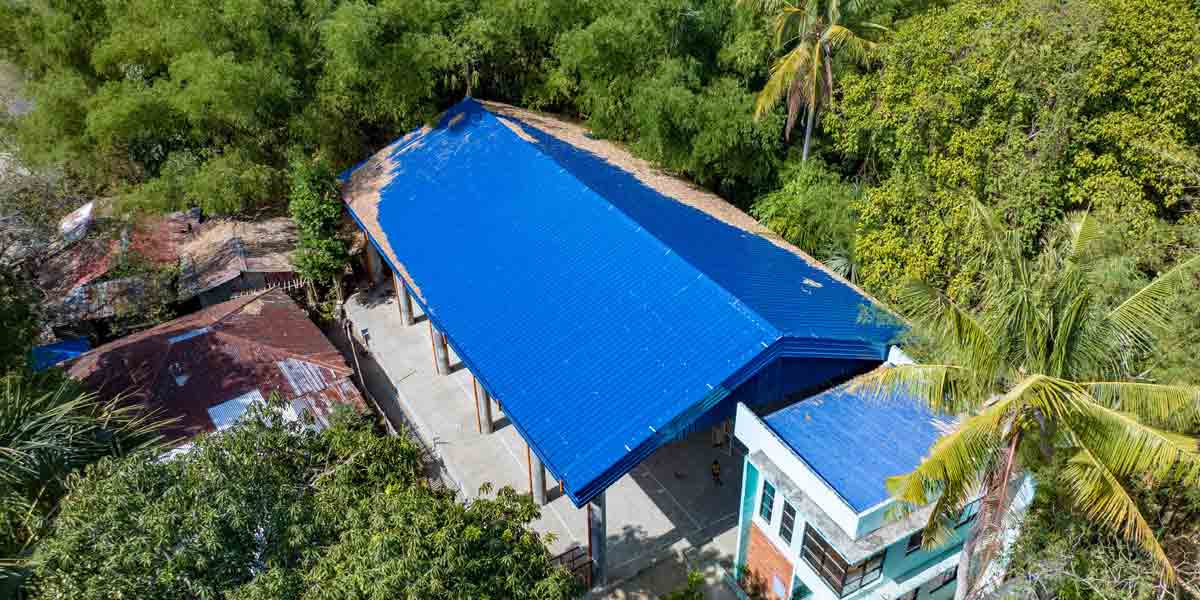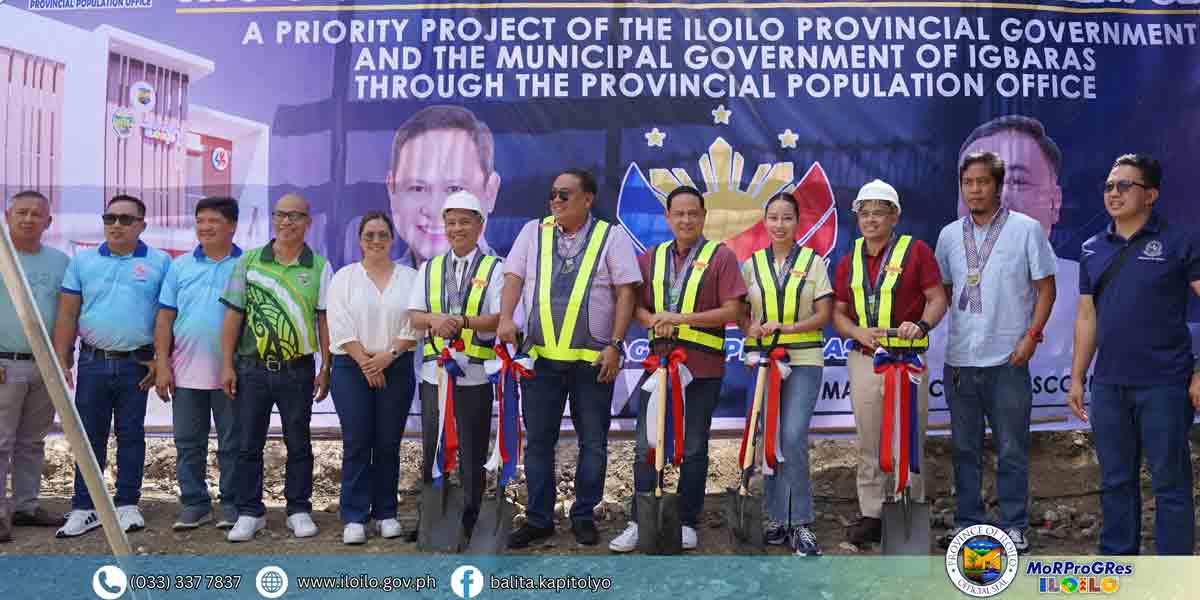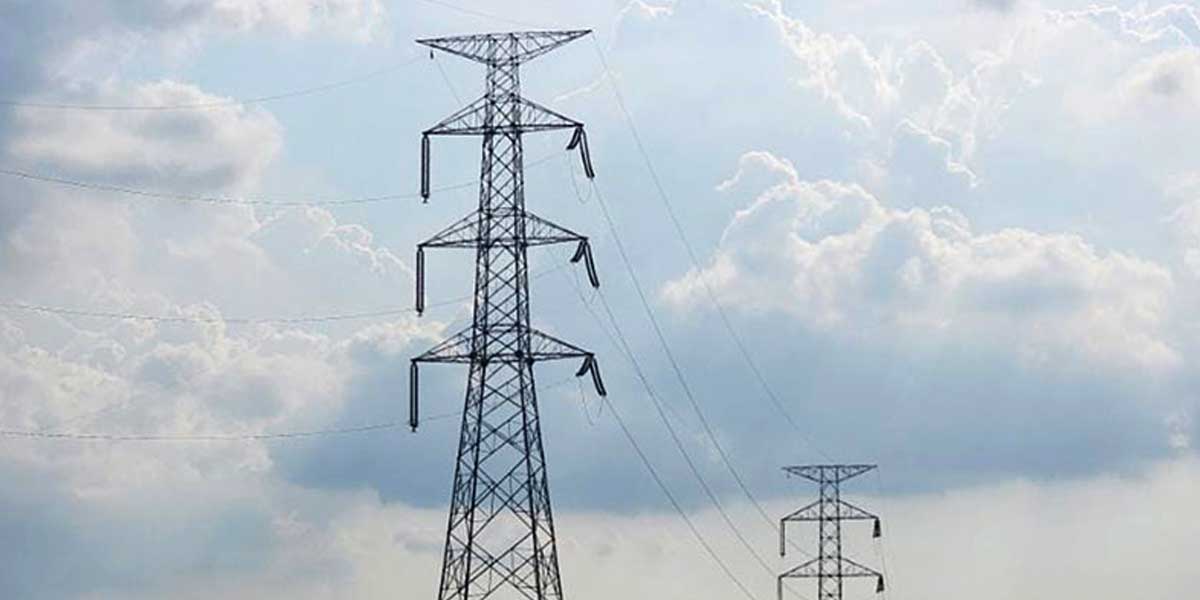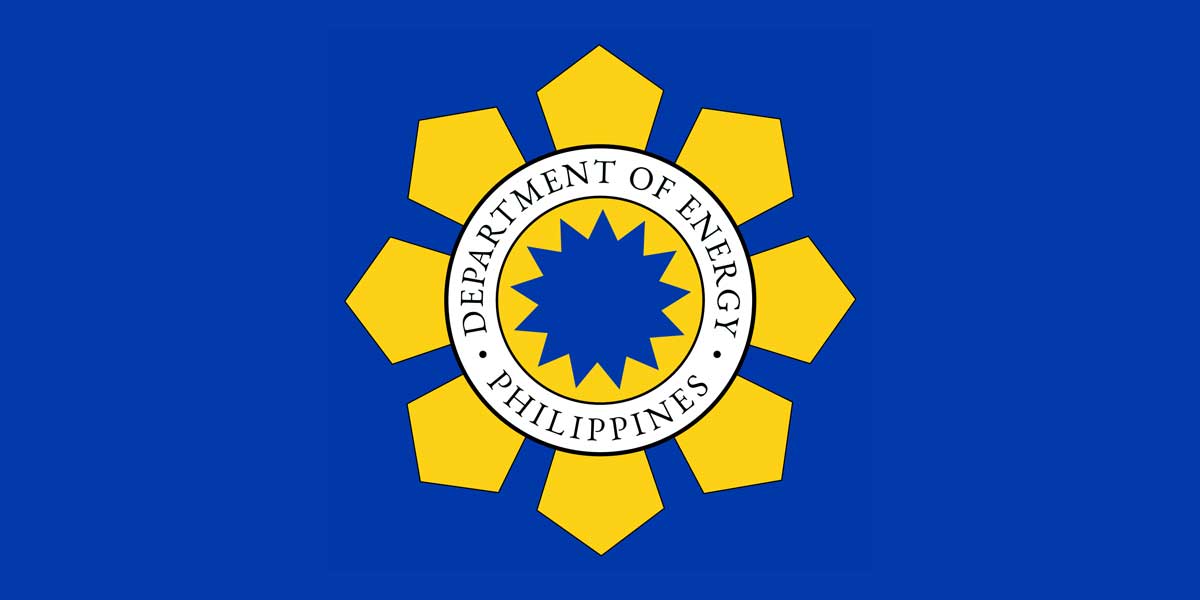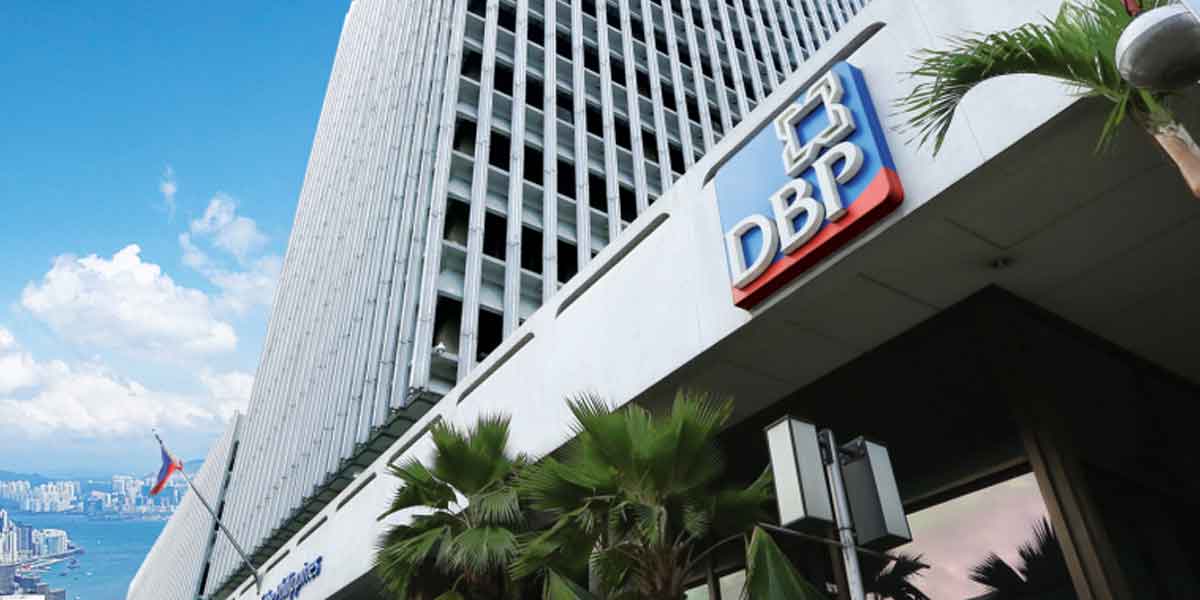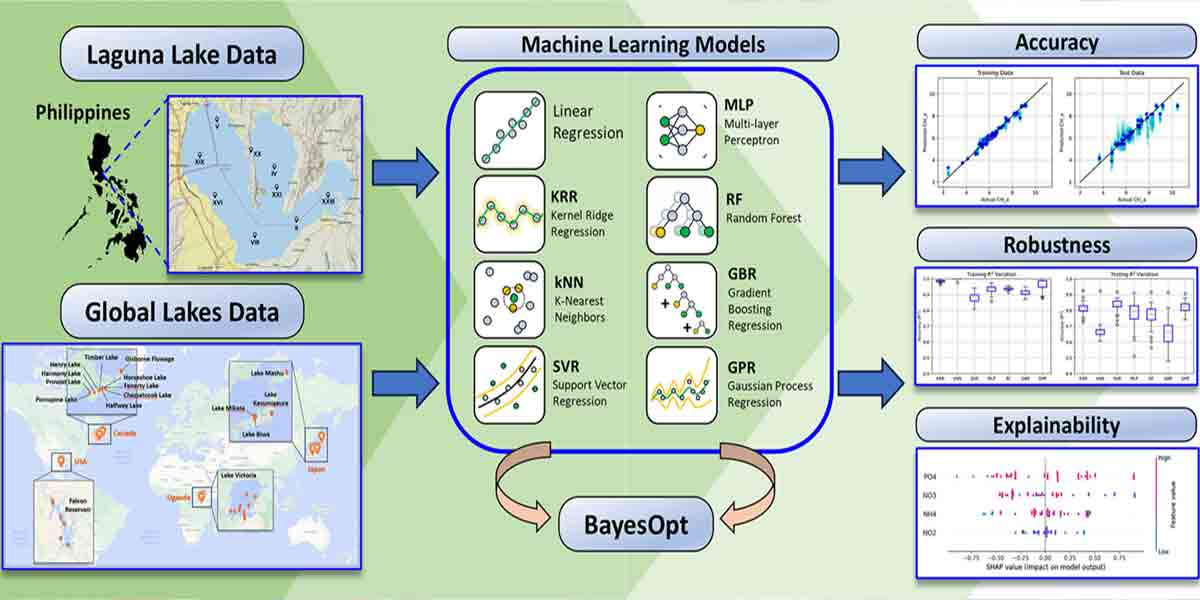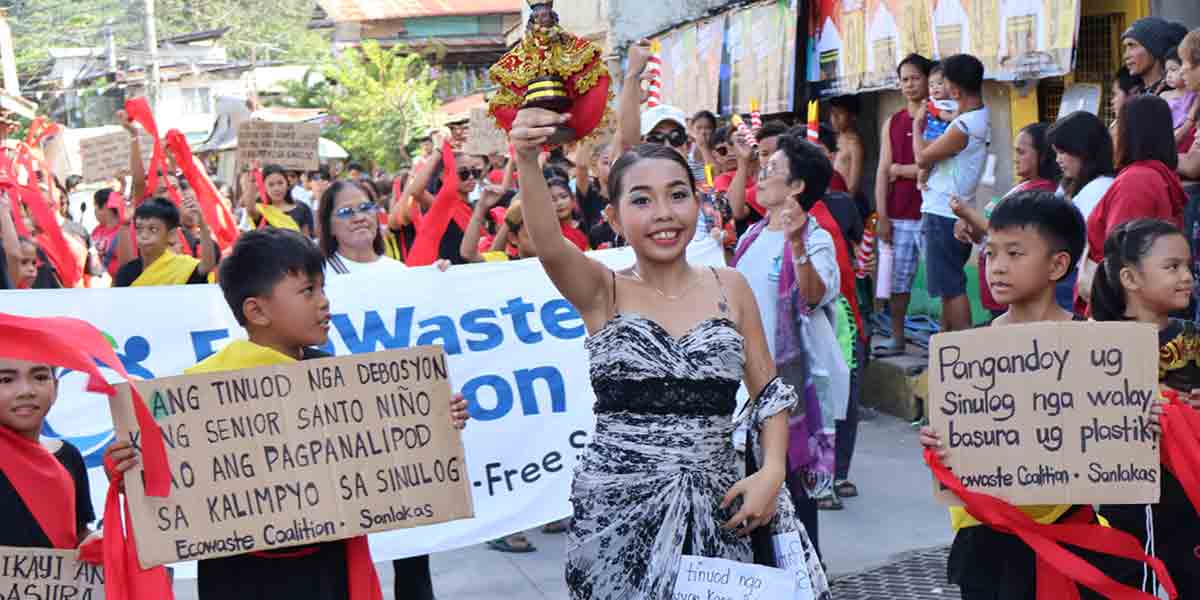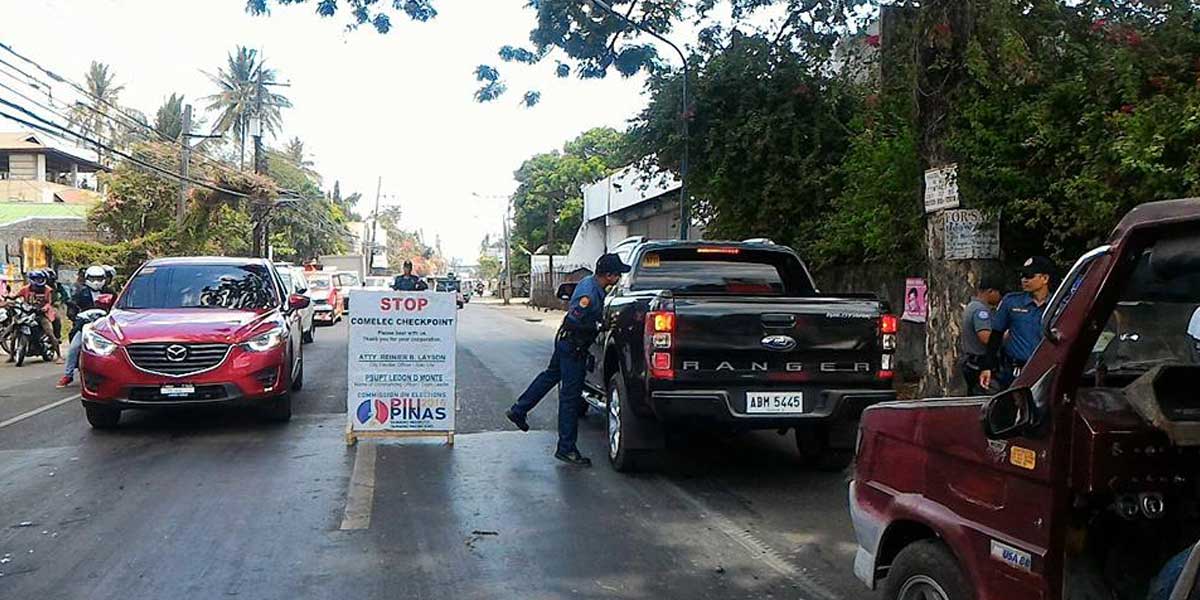The Department of Energy (DOE) has sought assistance from the Bangko Sentral ng Pilipinas and multilateral lenders to secure concessional financing for renewable energy (RE) projects, including pumped storage hydro, geothermal energy, and smart grid initiatives.
DOE Undersecretary Rowena Guevara highlighted the importance of bridging the financing gap to ensure affordable electricity from renewable sources, stressing that a just energy transition depends on accessible and cost-effective solutions.
Concessional financing offers low-interest funding with extended repayment periods, typically provided by development banks and multilateral funds to support critical projects in developing nations.
“We have requested help from our central bank and multilateral development banks to figure out concession financing and extend loan periods for PSH, geothermal, and smart grid projects,” Guevara said during the 15th session of the International Renewable Energy Agency (IRENA) assembly.
She emphasized that reducing capital costs for renewable energy developers is essential to achieving affordable electricity.
“At the end of the day, for the energy transition to be just, we need to make electricity from renewable energy affordable,” Guevara said.
Energy Transition Strategies
Guevara outlined six strategies in the Philippine government’s energy transition plan:
- Accelerating RE development.
- Building a smart and green grid.
- Developing ports for offshore wind projects.
- Retiring or repurposing coal-fired power plants.
- Promoting energy efficiency and conservation.
- Decarbonizing the transport sector.
The Philippines aims to achieve a 35% RE share in the energy generation mix by 2030 and 50% by 2050. This requires 52.8 gigawatts of new RE capacity over the next 20 years, with private sector investment playing a critical role.
Since the government allowed 100% foreign ownership of RE projects in November 2022, applications for service contracts have surged. Currently, over 1,400 service contracts representing more than 150 gigawatts (GW) of RE are in the pipeline.
“We now have over 1,400 service contracts for over 150GW of RE,” Guevara said. “Given that we experience an average of 22 typhoons annually and face risks from earthquakes and volcanic activity, we’ve learned to build resilient infrastructure, including RE facilities.”
Despite progress, the DOE acknowledged ongoing challenges related to permitting, environmental compliance certificates, and other regulatory processes that delay RE development.
Addressing RE Development Challenges
The DOE is launching a de-risking facility for geothermal sites to encourage exploration and attract investment. Guevara expressed confidence in developers’ ability to secure financial closure for their projects but noted that keeping RE prices competitive remains a challenge.
“While we are confident that RE developers can build the necessary plants, ensuring affordability for floating solar, offshore wind, and waste-to-energy projects is the next hurdle,” she said.
To address cost concerns, the DOE is exploring energy transition trading. This approach connects coal plant retirements with replacement RE power at competitive prices, ensuring the transition to cleaner energy sources benefits consumers.
Guevara underscored the importance of collaboration with RE developers and financiers to overcome challenges. She also highlighted the DOE’s focus on building resilient infrastructure to withstand the Philippines’ unique geographic and environmental conditions.
“With RE developers, we’ve faced permitting, consenting, and other issues head-on. Together, we are working to address these delays and build a robust RE sector,” she said.
The DOE remains committed to fostering partnerships with local and international stakeholders to secure investments and drive progress toward its renewable energy targets.
“We are confident in the technical abilities of our RE developers and their commitment to building plants that meet the nation’s energy needs,” Guevara said. “Our partners’ support in addressing the financing gap is key to making this vision a reality.”

